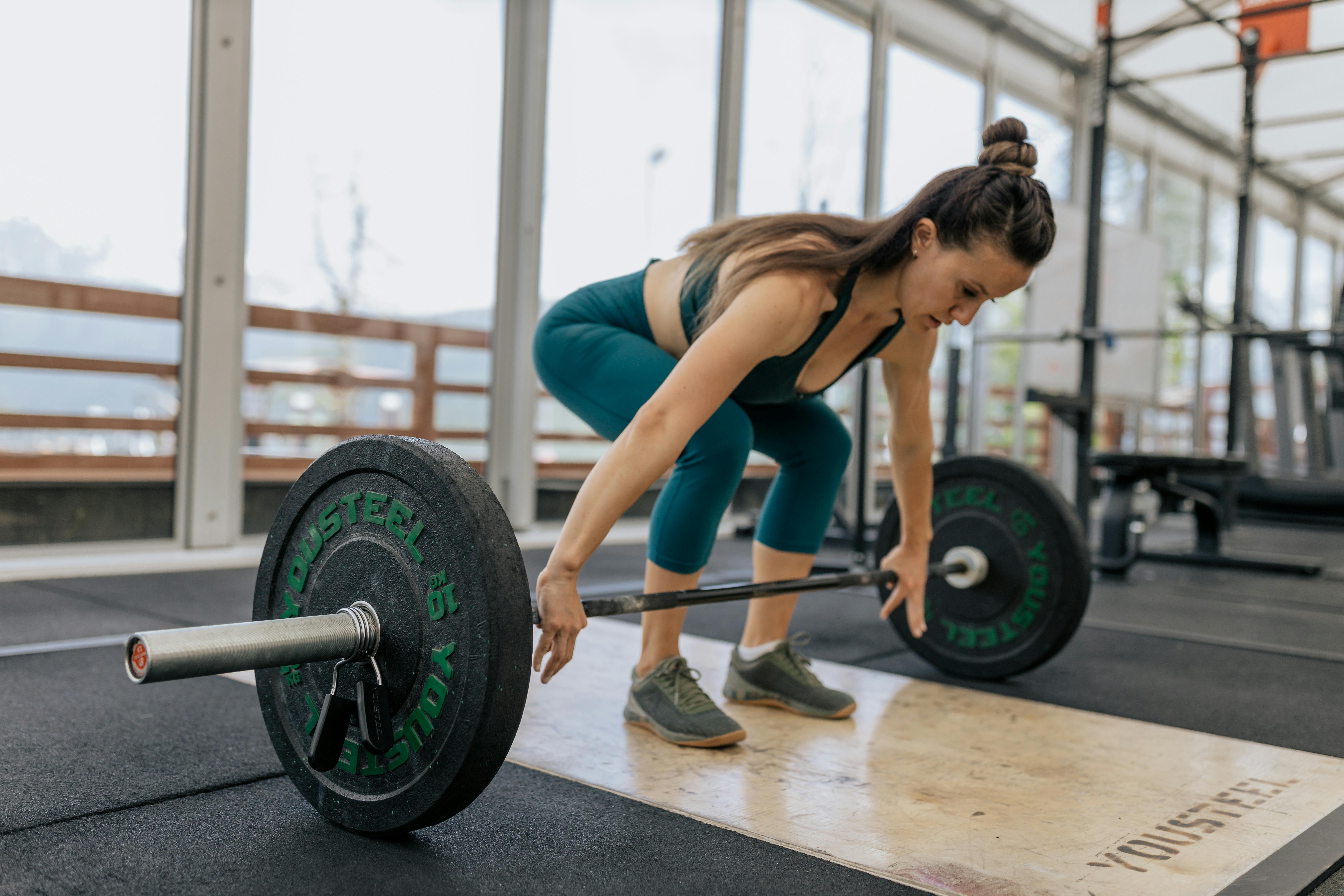One of the best things you can do for yourself is exercise. We’ve all heard this over and over again, however, it’s even more important to understand how age and exercise work together.
People often start an exercise program and approach it from the more-is-better direction. They start by going to a gym and trying to lift the heaviest weights possible or start a cardio jogging program where they associate a faster pace with being better. Unfortunately, this can lead to injury and failure as we age.
Most importantly, before beginning any exercise program you should consult with your doctor or health care provider. Everyone’s health is different and depends on health-related factors that may put some people at higher risk.
For many of us in our 50s and older, the amount of exercise needed to improve health might not be as drastic as you think. The level of exercise to reduce fat or induce weight loss is related to the increase in heart rate. The good news is that to control weight or induce fat loss, a person’s goal is to increase their heart rate to between 60 and 70 percent of their maximum heart rate for their age. If you increase your heart rate beyond 70 percent, you may improve your endurance; however, your body no longer sheds excess weight or burns fat as efficiently as it would with the correct target heart rate. Also, getting over the correct heart rate for your age can cause you to burn lean muscle and not fat. That is why this is so important.
Typically, most people over the age of 50 are surprised to learn that simply walking at a faster pace can easily put them in the correct 60% to 70% target heart rate zone. Most of us don’t know that if we actually jog or run, we actually exceed this heart rate zone and put ourselves at greater risk of injury. The level of exercise should always take into account both the age and current health status of the person. Therefore, this is why this should be discussed with your doctor.
I attended a lecture given by Mimi Guarneri, MD, FACC. She is board certified in cardiology, internal medicine, nuclear medicine, and holistic medicine, and is the founder and medical director of the Scripps Center for Integrative Medicine. She is also the author of a great book that I have had the pleasure of reading: the heart speaks. Dr. Guarneri mentioned that the best way to exercise is to walk. Yes walk, no run. The goal is to walk 10,000 actual steps per day as measured by a simple pedometer. Where do you get a pedometer? Well, most of us already have a simple device, a smartphone that can download a simple application (app) to measure the number of steps you take each day. Start slow and work yourself up to 10,000 steps a day. Pedometers don’t have to be expensive, a simple one shouldn’t cost more than $5.95.
Now it’s time to find out the correct heart rate in relation to age. As a rule of thumb, the maximum predicted heart rate, 100%, for a man is 220 minus his age and 225 minus his age for a woman. The number you get is 100% and you’ll remember from above that we’re looking for 60-70% of that to burn fat. So get a calculator and find out what 60 to 70% would be. This information can also be found online by doing a simple search.
Once you have the correct heart rate, you need to know how to take your pulse. There are many diagrams available on the Internet, but two of the easiest ways are to place your finger on the large (carotid) artery on the side of your neck. The other way is on the inside of your wrist. I usually find it easier to find the pulse using the carotid artery in the neck. In addition to the old way, there is always one of the new electronic devices being sold on the Internet like a heart rate monitor.
The golden rule to remember is that you should always consult your healthcare professional before beginning any exercise regimen or program.
